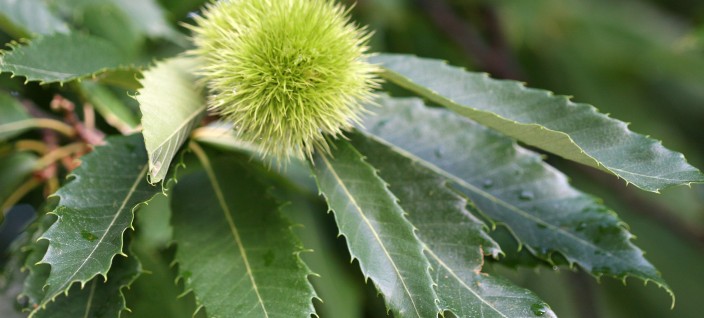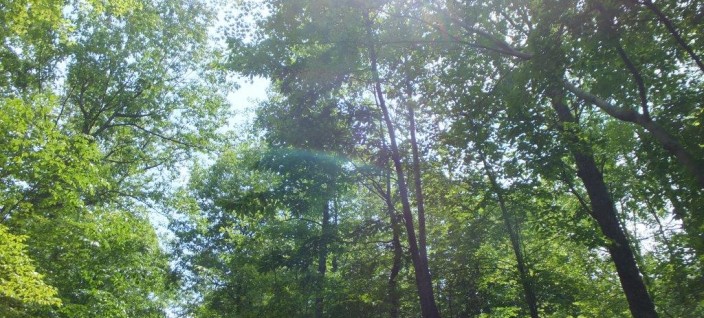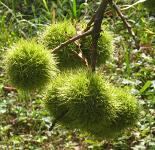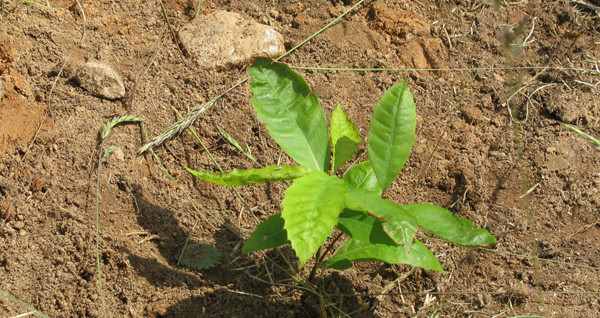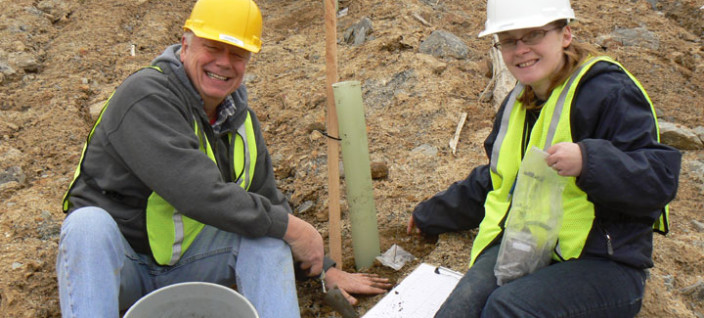Virginia News
Volunteer Now!
Current Opportunities to Volunteer! Working with the Public Plantings are planned for Meadowlark Botanical Gardens in Vienna on May 3 and at Mount Vernon at a date in the spring to be determined. We are looking for a few volunteers to help with (a) planting the...
Meet the Intern: Jennifer Santoro
Jennifer Santoro, a graduate student at Duke University’s Nicholas School of the Environment, is joining the Virginia Chapter of the American Chestnut Foundation as an intern this summer. Based out of the Marshall office, Jennifer hopes to participate in the...
Wild Surviving Chestnut Found in Prince William Forest Park
Finding large, wild, surviving American chestnuts is always exciting, but to find a healthy one below the fall line in Virginia is both exciting and special. But there it is, right next to a trail in Prince William Forest Park. Prince William Forest Park preserves...
Video on Jennifer Santoro’s Duke University Stanback Internship
VA TACF intern Jennifer A. Santoro, Nicholas School of the Environment, Duke University, Master of Forestry & Master of Environmental Management Candidate, produced this brief video explaining her work with VA TACF and why she finds it so rewarding....
Successful Blue Ridge Heritage Planting – May 28
Blue Ridge Heritage, Inc. (BRHI), in partnership with The American Chestnut Foundation (TACF) is planting native American chestnuts on the property BRHI purchased last year (in the Rocky Knob area of the Blue Ridge Parkway). These plantings are test sites, allowing...
Successful Planting April 4 at Pound, VA
Ten volunteers recruited by the Southwest Virginia Branch helped plant 625 chestnut seeds as part of the Conservation Innovation Grant progeny test at the Red Onion Mine site near Pound, Virginia. The day started dry and cool but a cold front blew in during the...

